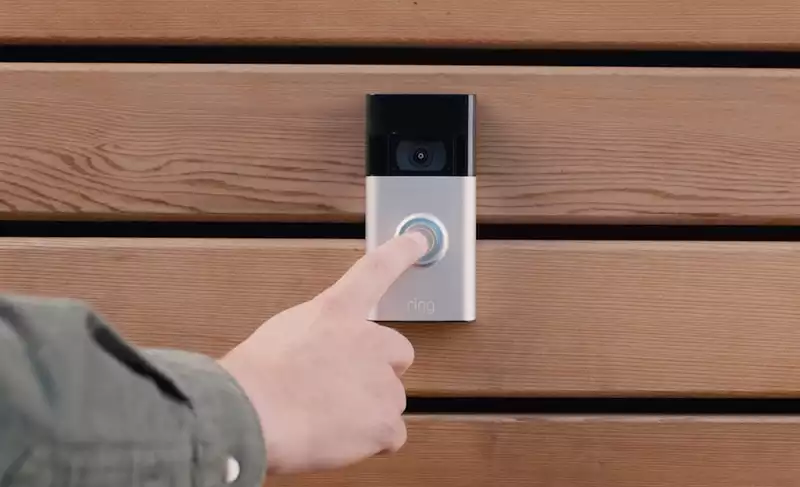Ring has begun rolling out end-to-end encryption for its video doorbells and home security cameras By encrypting the entire journey from camera to approved smartphone, security video is made more secure
However, this new feature, which is being rolled out as a technical preview, will only work with select Ring products; a final decision will not be made until Ring receives feedback from testers
Previously, Ring encrypted videos when uploading them to the cloud With this new security measure, videos are further encrypted via a key stored on the user's phone when transferred to a smartphone
When enabled, Ring users will only be able to view video doorbells and security camera videos on their designated devices, such as smartphones and tablets
However, there are a few caveats to end-to-end encryption First, it only works with Video Doorbell Pro, Video Doorbell Elite, Floodlight Cam, Spotlight Cam Wired, Spotlight Cam Mount, Stick Up Cam Plug-In, Stick Up Cam Elite, and Indoor Cam
Many of their products are excluded, including the most popular $99 Ring Video Doorbell It also requires a mobile device running iOS 120 or Android 80
Also, Ring features that require computer vision, namely Motion Verification and PeopleOnly Mode, are disabled because Ring's system requires the ability to analyze video It is not possible to view video with encryption turned on See Ring's white paper on end-to-end encryption here
The addition of end-to-end encryption is another security measure Ring has implemented in recent years Previously, the company had added and required two-factor authentication and other privacy features after a series of incidents in which people's home cameras were accessed without their consent










Comments